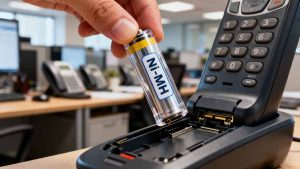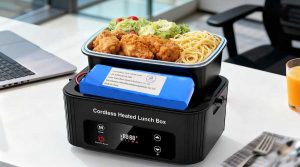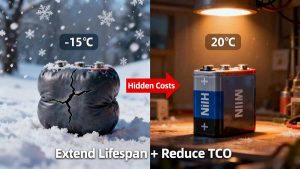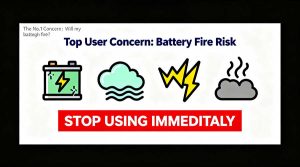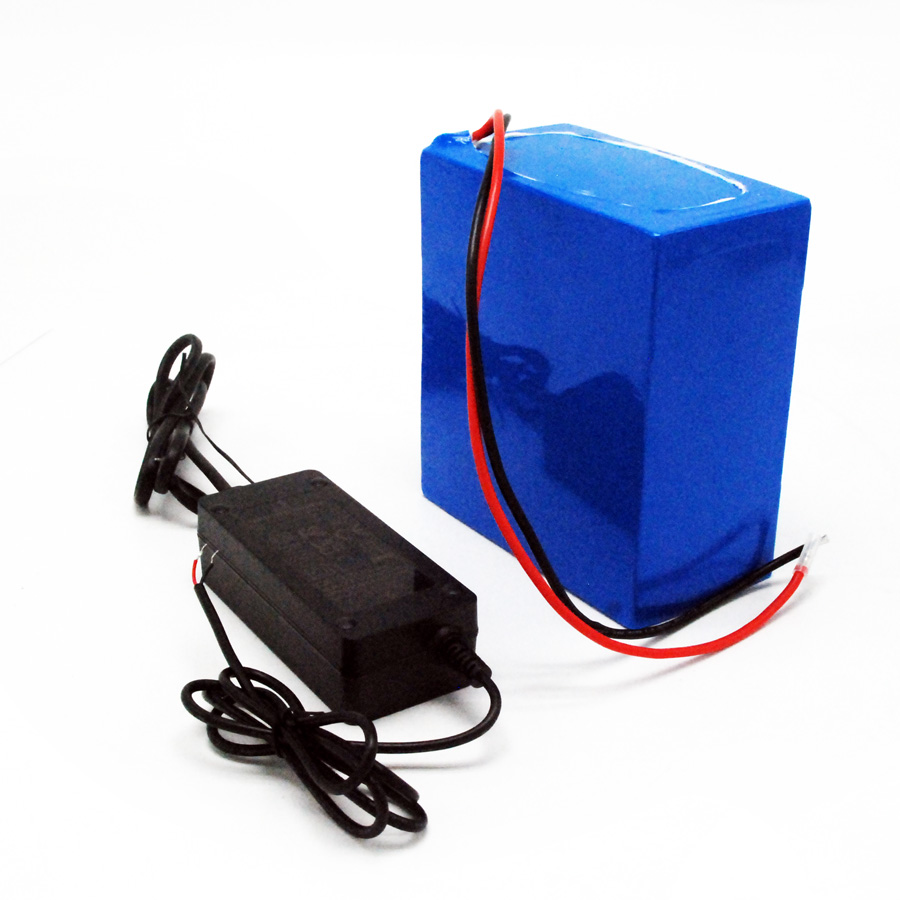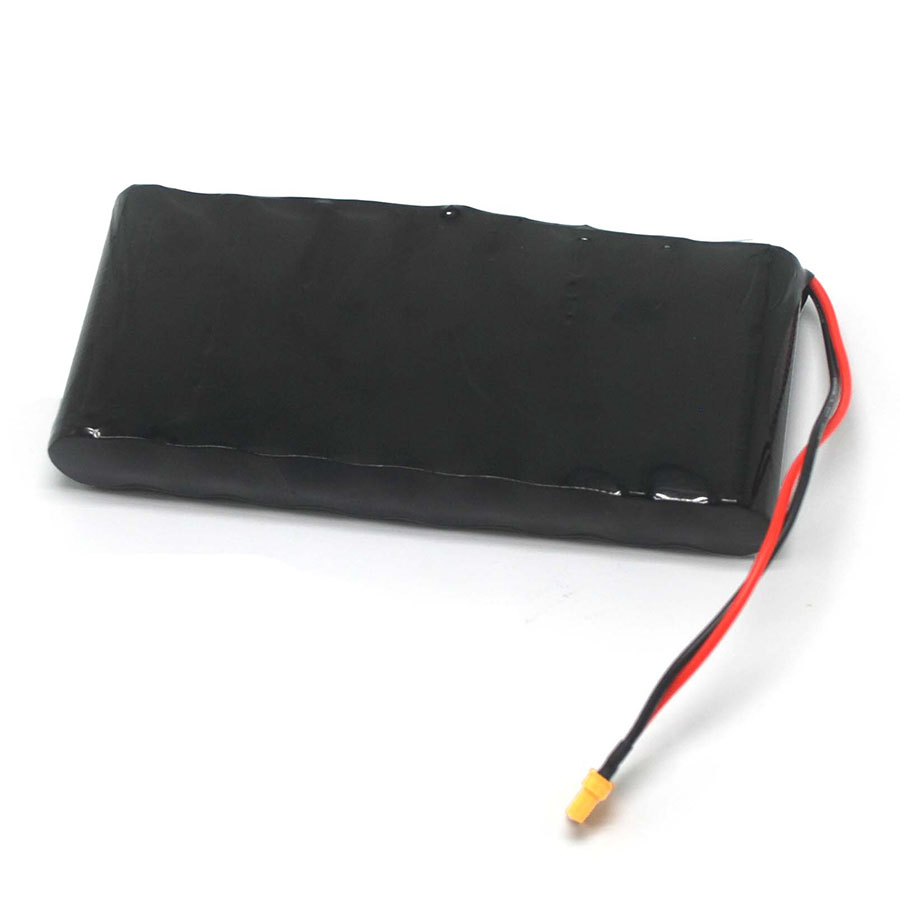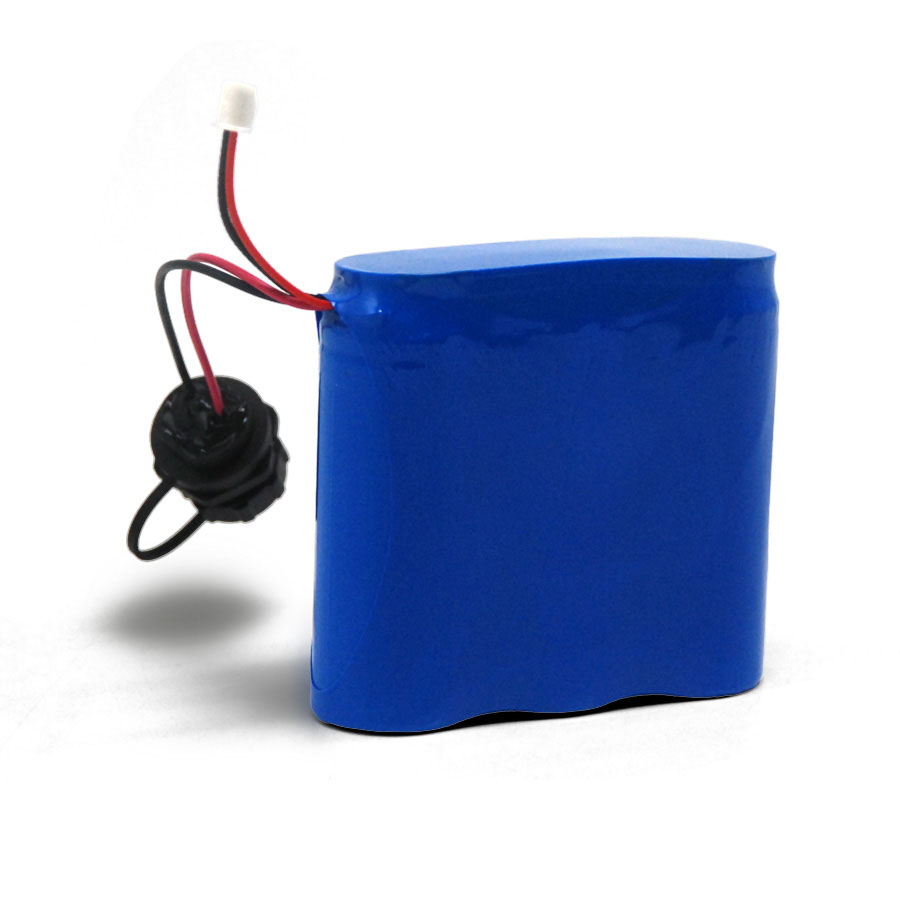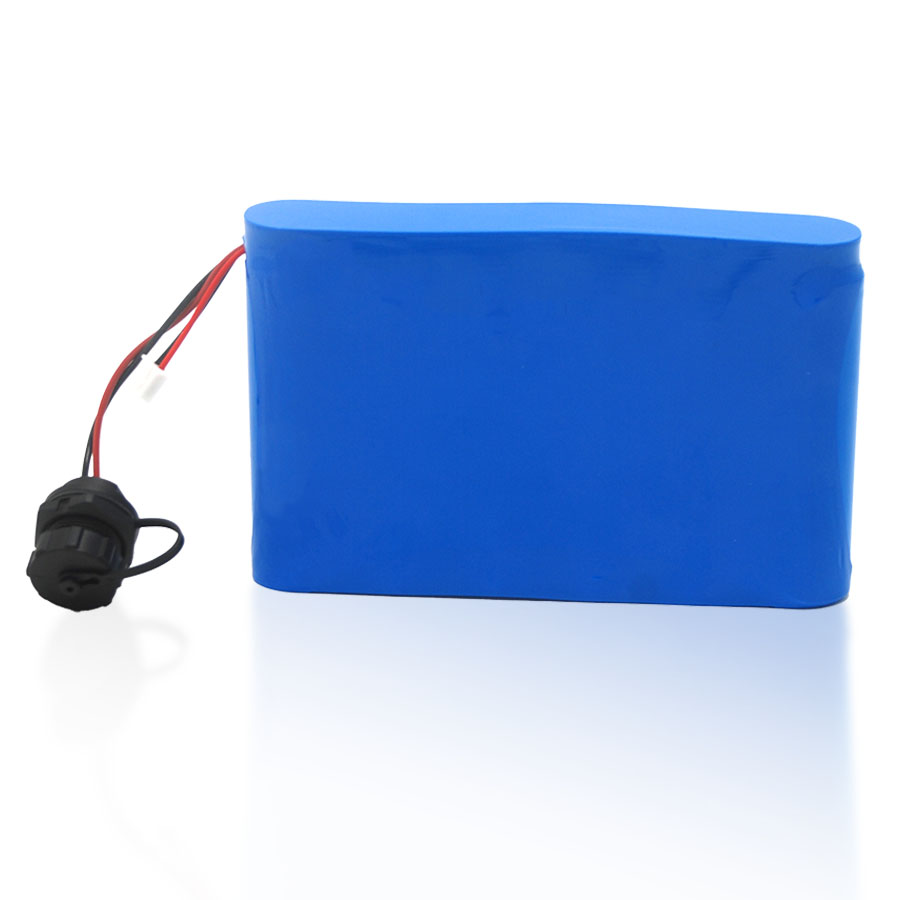Winter can be tough on batteries. Cold temperatures reduce capacity, slow chemical reactions, and can even cause permanent damage if you’re not using the right technology. For users in RVs, boats, solar systems, and backup power setups, LiFePO4 batteries are the preferred choice due to their safety and long lifespan. But even these advanced lithium batteries require special care when operating in freezing conditions.
In this guide, we’ll explain how low temperatures affect LiFePO4 batteries, highlight the superior low-temperature capabilities of Himax LiFePO4 batteries, and share practical tips to maintain battery performance through the coldest months.
How Low Temperatures Affect LiFePO4 Batteries
Capacity Loss & Voltage Drop
When temperatures dip, the internal chemical reactions in a battery slow down. This leads to lower usable capacity and voltage sag, which can make your battery appear depleted even when it’s partially charged.
Increased Internal Resistance
Colder environments increase internal resistance, which reduces power output. For high-demand systems like trolling motors or inverters, this can affect performance.
Lithium Plating Risks
Charging LiFePO4 batteries below 0°C (32°F) without proper protection can cause lithium plating on the anode, leading to reduced cycle life and potential short circuits.
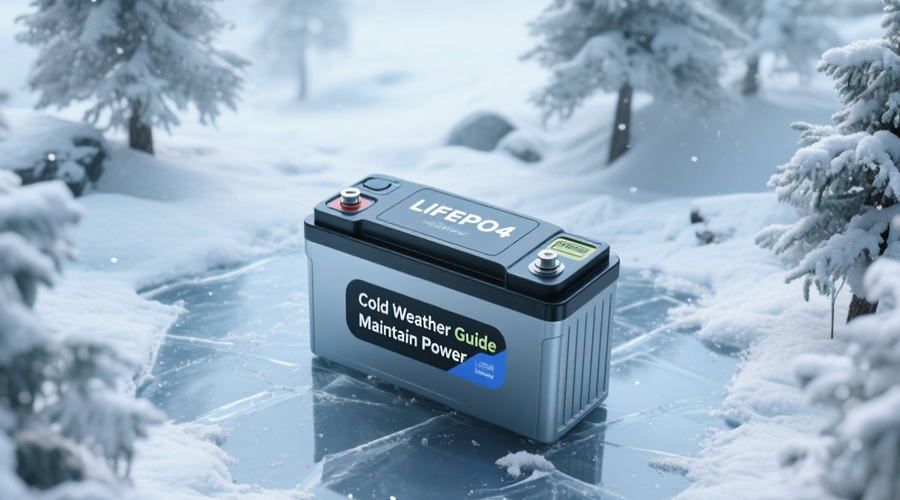
Himax Low-Temperature LiFePO4 Battery Specs
Himax LiFePO4 batteries are designed for extreme environments and come equipped with a built-in Battery Management System (BMS) to safeguard performance and safety.
Discharge Temperature Range
· –4°F (–20°C) to 140°F (60°C)
You can reliably draw power even in deep winter conditions.
Charge Temperature Range
· –31°F (–35°C) to 122°F (50°C)
This wide range allows you to charge even in freezing climates where other batteries fail.
Built-in BMS Protections
Our BMS prevents charging when temperatures are too low, ensuring safety and preserving battery health.
Pre-Winter Preparation & Storage Tips
Store at Proper State of Charge
Store your battery at 50%–70% SOC if unused for long periods to avoid over-discharge or swelling.
Use Battery Enclosures
Install insulated battery boxes or enclosures with heating pads to reduce exposure to freezing temps.
Run Occasional Charge Cycles
If your system is idle for months, run a slow charge/discharge cycle once a month to maintain battery health.
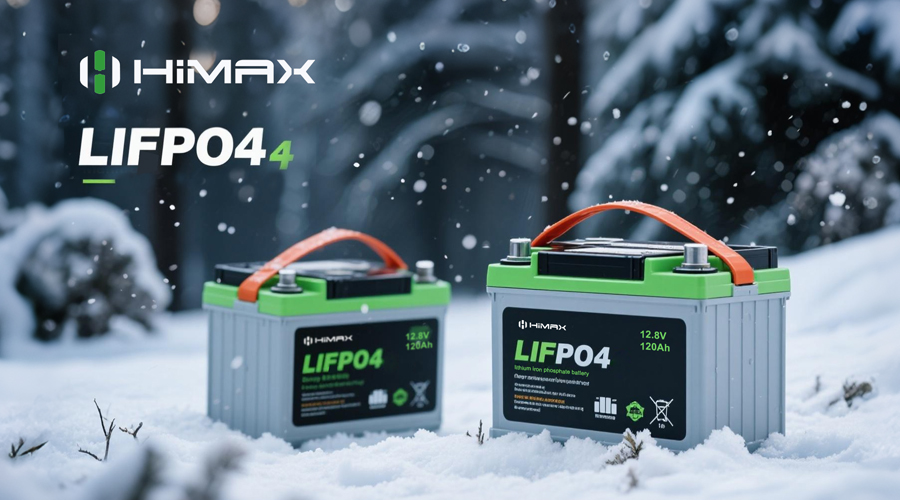
Operating Your LiFePO4 Battery in the Cold
Pre-Heating Options
Consider pre-heating your battery using heating pads or passive warm-up loads to avoid damage and ensure full performance.
Avoid Deep Discharge
Try to keep discharge above 20% SOC in freezing conditions. Avoid draining the battery completely.
Monitor System Health
Use a battery monitor to track voltage, current, and temperature in real time to prevent surprises.
Charging Best Practices for Winter
Adjust Charging Profiles
Use a temperature-compensated charger or smart charger that adjusts the voltage according to ambient temperature.
Limit C-Rate
Charge at lower C-rates (e.g., 0.2C to 0.3C) during extreme cold to reduce stress on the cells.
Warm Before Charging
If temperatures are below freezing, warm up the battery before initiating a charge. This prevents lithium plating.
Maintenance to Maximize Cycle Life
Perform Voltage Balancing
Occasional top balancing ensures cells remain at equal voltage and prolongs battery life.
Prevent Lithium Plating
Avoid charging below 0°C. If possible, delay charging or use a heating mechanism.
BMS/Firmware Updates
Ensure your BMS is up to date and capable of cold-weather protection modes.
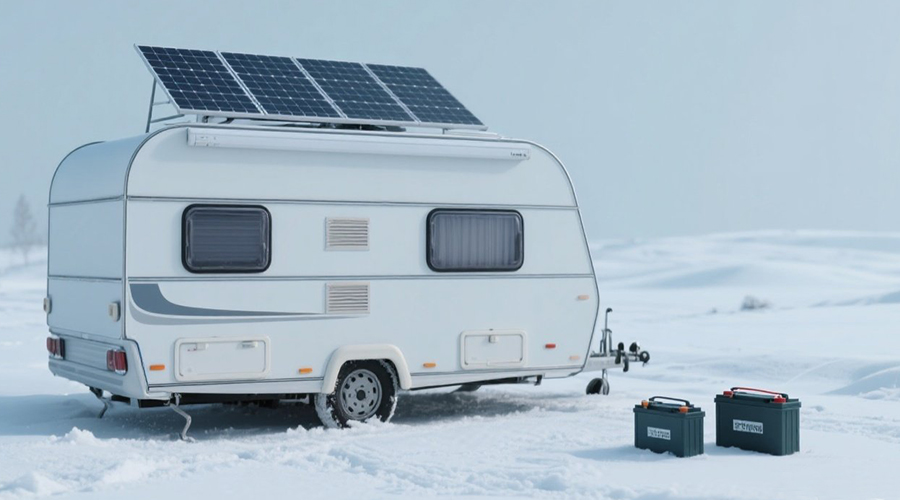
Real-World Use Cases & Benefits
Himax LiFePO4 batteries have been successfully deployed in:
· Winter RV expeditions
· Off-grid solar cabins
· Cold-climate marine systems
Customers report consistent power delivery, no swelling or voltage drop, and easy recovery from sub-zero temps thanks to our cold-weather BMS tuning.
FAQ
Q: Can I charge my LiFePO4 battery below freezing?
A: No. Charging below 0°C can cause lithium plating. Himax batteries will automatically prevent unsafe charging.
Q: How do I keep my battery warm in winter?
A: Use insulated boxes, heating pads, or place the battery in a semi-heated compartment.
Q: Will my battery lose capacity in cold weather?
A: Yes, temporarily. Expect a 10–30% capacity reduction, but this recovers as the battery warms.
Conclusion
With the right preparation and a quality battery, winter doesn’t have to drain your power. Himax LiFePO4 batteries are engineered for reliable cold-weather performance with wide temperature ranges and built-in protections. By following best practices in storage, charging, and maintenance, you can enjoy dependable energy all year round.
Need cold-weather-ready LiFePO4 solutions? Contact Himax today for expert guidance and custom battery configurations.


